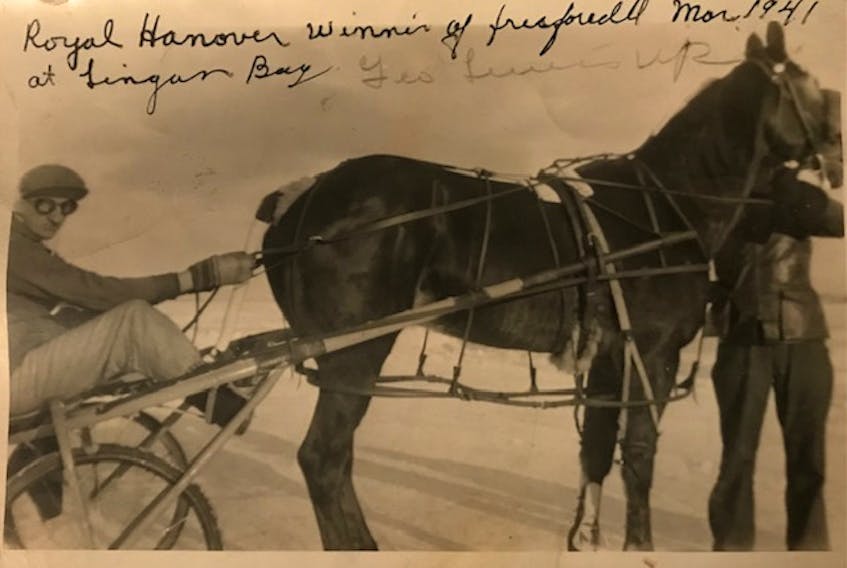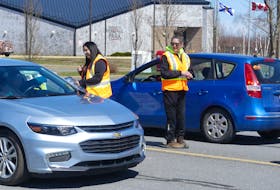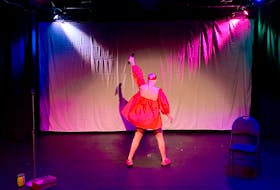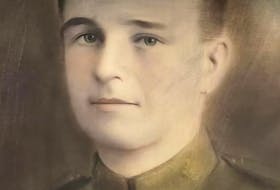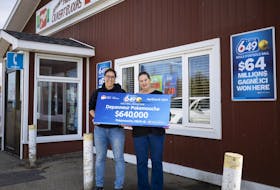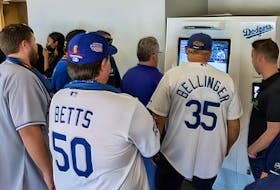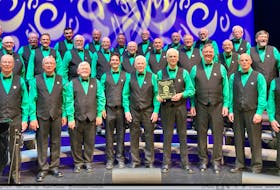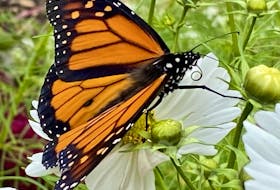Lambert Todd is probably the most famous horse that ever raced on a Cape Breton track.
It was often driven by well-known horseman Allie Lewis and was jointly owned by the people of Reserve Mines, making it the first community-owned horse. Bought in 1929, the horse was so fast it raced a car in a time of 2:10.
The community’s summer festival is called Lambert Todd Days.
Fresh Yankee is the most famous horse linked to Cape Breton because its owner Duncan MacDonald was from Mira. Bought for $900, the trotting mare earned more than a million dollars on the harness racing circuit. She was the first North American trotter to reach the million-dollar mark.
This past fall Century Farroh, racing in Ontario and owned by locals Dave and Marguerite Ratchford, pulled ahead of Fresh Yankee’s winnings going over the $1.2-million mark.
There are many other great harness racing horses with ties to Cape Breton and known for their flare and winning ways, while others are remembered for their notoriety.
One such horse was Royal Hanover.
Ninety-one-year-old Bill Lewis remembers Royal Hanover as a fast horse but also a bad horse.
“It was hard to get away and very cantankerous.”

DANGEROUS HISTORY
The horse had a dangerous history prior to making its way into the hands of Bill’s father George Lewis. It was owned by a man in Whitney Pier who bought it after it reared back on the previous owner by the name of Purvis. The unfortunate Mr. Purvis broke his back when he landed and never recovered from his injuries.
On one notable excursion in the Pier, the owner’s wife and another woman were out for a leisurely ride in the wagon being pulled along by Royal Hanover. Things were going all right until the horse took an inkling to start moving faster and decided to tear off the road and head to the woods. The cart went haywire and so did the women. It wasn’t too long before the horse found a new owner.
Charles LeDrew bought Royal Hanover in the 1940s and brought it to New Waterford.
LeDrew knew if anyone could handle a troublesome horse like Royal Hanover, George Lewis could. Other drivers had tried their hand with the royally troublesome horse but they’d often get knocked out of the sulky.
Lewis remembers as a young boy seeing Royal Hanover tearing up the hill near his home riderless and heading for town like mad.
“He tried to make a turn but lost it and fell down. He was tough as nails though and didn’t get hurt.”

At one card in North Sydney prior to the race, Royal Hanover reared up on its hind legs with George Lewis in the cart and broke both wooden staves holding the horse to the cart.
“New Waterford undertaker Vince MacGillvary was a friend of dad’s and was at the track and suggested he could give dad these two long poles he used to lower coffins into the graves and attach the horse to the cart with them. He had them in the vehicle with him, we attached them and they worked, but we never won that race,” Bill Lewis recounts.
Royal Hanover wasn’t a big winner but he was a track favourite because of his antics. It would often take two men to hold him to get from the stall to the track. He would make the half pretty quick but then falter behind the other horses.
He was also a favourite on the ice at Lingan Bay. It’s hard to imagine with today’s weather, but in the 1940s Lewis remembers up to 40 cars on the ice on race days.
According to Bill Lewis, Royal Hanover rejuvenated harness racing in New Waterford. With the Second World War coming to an end and the new and nearby Sydney race track opening, everyone in New Waterford wanted to get a horse of their own and if you didn’t drive it someone like a member of the famous Lewis clan would do it for you.
Royal Hanover may have been a pain to rein in but his strength, spirit and headstrong ways made him a crowd favourite in the 1940s local harness racing circle.
Paul MacDougall is a local writer and senior instructor in health sciences at Cape Breton University.

